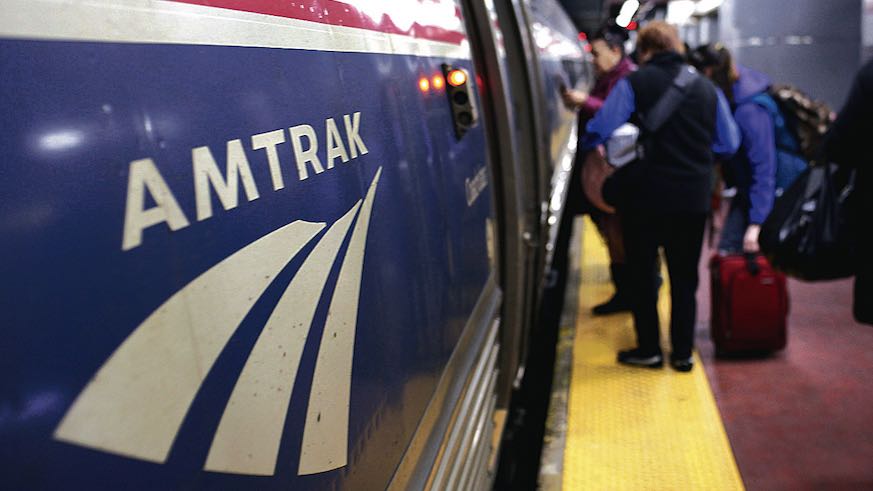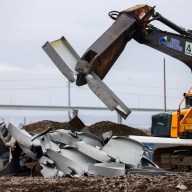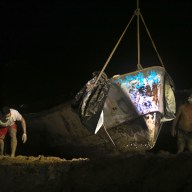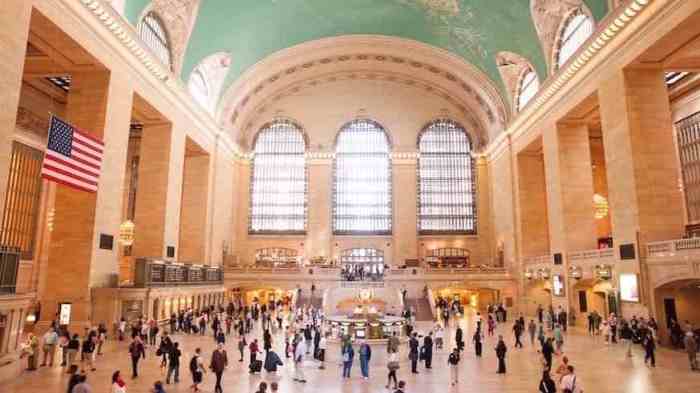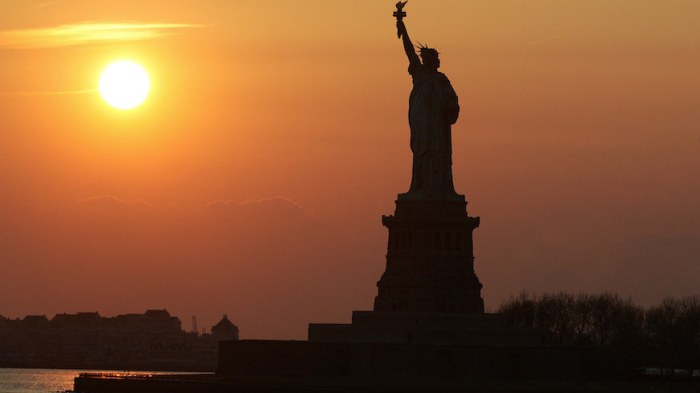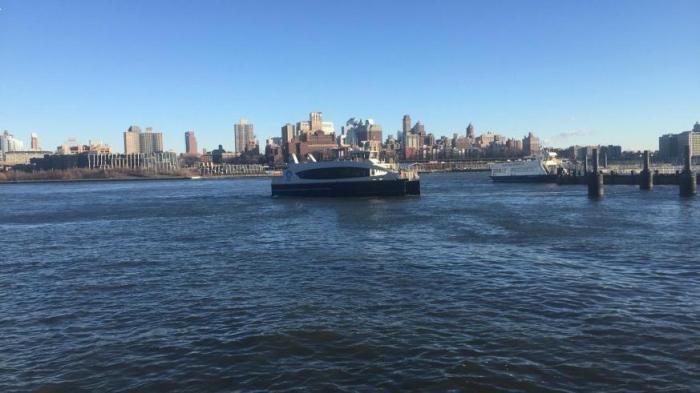Proposals by Amtrak to delay the decades-overdue major repairs to the four East River tunnels until after the LIRR begins service into Grand Central Terminal in December 2023 is bad news for both riders and taxpayers. Delaying the start of work by six years from 2019 to 2025 will increase costs by 300 percent to $1 billion. How will Amtrak and MTA come up with an almost $600 million shortfall? Continued deterioration of the East River Tunnels over this time period could result in an increased scope of work. Combined with responses to the procurement process from contractors, this could then result in a final price tag of several hundred million more than the current engineers estimate. Remember only one of four East River Tunnels can be worked on at a time. It will take one to two years to finish work on each tunnel. As a result, this project may not be completed until 2032.
The Federal Transit Administration provided $432 billion in June 2016 to the Metropolitan Transportation Authority. These funds were intended to be spent quickly for 2012 Super Storm Sandy related work in the East River Tunnels to bring them up to a state of good repair. Amtrak may not begin to use these funds for another 8 years, until 2025. This does no one any good. The funds do not sit in an interest bearing account. Based upon the Master Grant Agreement between the MTA and FTA – Uncle Sam has the option to de-obligate these funds and close out the grant. There are 98 other Senators and over 400 Congress members keeping tabs on how the MTA spends federal dollars. They have their own projects and programs looking for funding.
As stewards of the federal dollar, the FTA is not going to sit by and allow $432 million to sit around unused for nine years. Both the Federal and MTA Office of Inspector General are not going to look the other way and ignore this inability to spend taxpayers’ dollars in a timely fashion.
Based upon the most recent project recovery schedule, the LIRR may begin service into Grand Central Terminal by December 2023. A majority of the promised 24 trains a.m. and p.m. rush hour peak service will be either new trains or those which previously terminated at Atlantic Terminal Brooklyn. Few will be diverted from Penn Station. With only two tunnels serving Grand Central Terminal, there is little capacity to add additional diverted trains from Penn Station. There is no equivalent West Side Storage Yard to store trains between rush hours at Grand Central Terminal. Initiation of LIRR East Side Access to Grand Central Terminal means the end of direct service to Atlantic Terminal. This will be replaced by a scoot service to Jamaica. Trains can no longer be diverted to Atlantic Terminal as was the case last summer. Only a handful of additional trains could be diverted to Hunters Point. Amtrak’s excuse to wait for LIRR East Side Access to Grand Central Terminal before starting work on the East River Tunnels is a poor one.
Another reason may be a shortage of Amtrak Force Account employees. Amtrak, NJ Transit and the LIRR may have insufficient certified signal and other specialized craft employees to manage their respective complex state of good repair and new system expansion projects. Amtrak force account employees are committed to other projects on the Northeast Corridor. This includes supporting MTA LIRR East Side Access to Grand Central Terminal, Portal Bridge, Gateway Tunnel, NJ Transit (Northeast Corridor), Moynihan Penn Station Train Hall and Metro North NY to Connecticut New Haven line. How can Amtrak provide sufficient numbers of employees to work on these key state of good repair and system expansion projects while support work on the East River Tunnels all at the same time?
It is doubtful that the LIRR will give up any current 42 peak service train slots at Penn Station even when expanding operations into Grand Central Terminal. There will continue to be a three-way competition between Amtrak, LIRR and NJ Transit for Penn Station access, Metro North will also look for rush hour access to Penn Station resulting in a four-way competition. Don’t be surprised if there are no changes to level of Penn Station rush hour service in the foreseeable future.
Larry Penner is a transportation historian and advocate who previously worked in 31 years for the US Department of Transportation Federal Transit Administration Region 2 NY Office.

